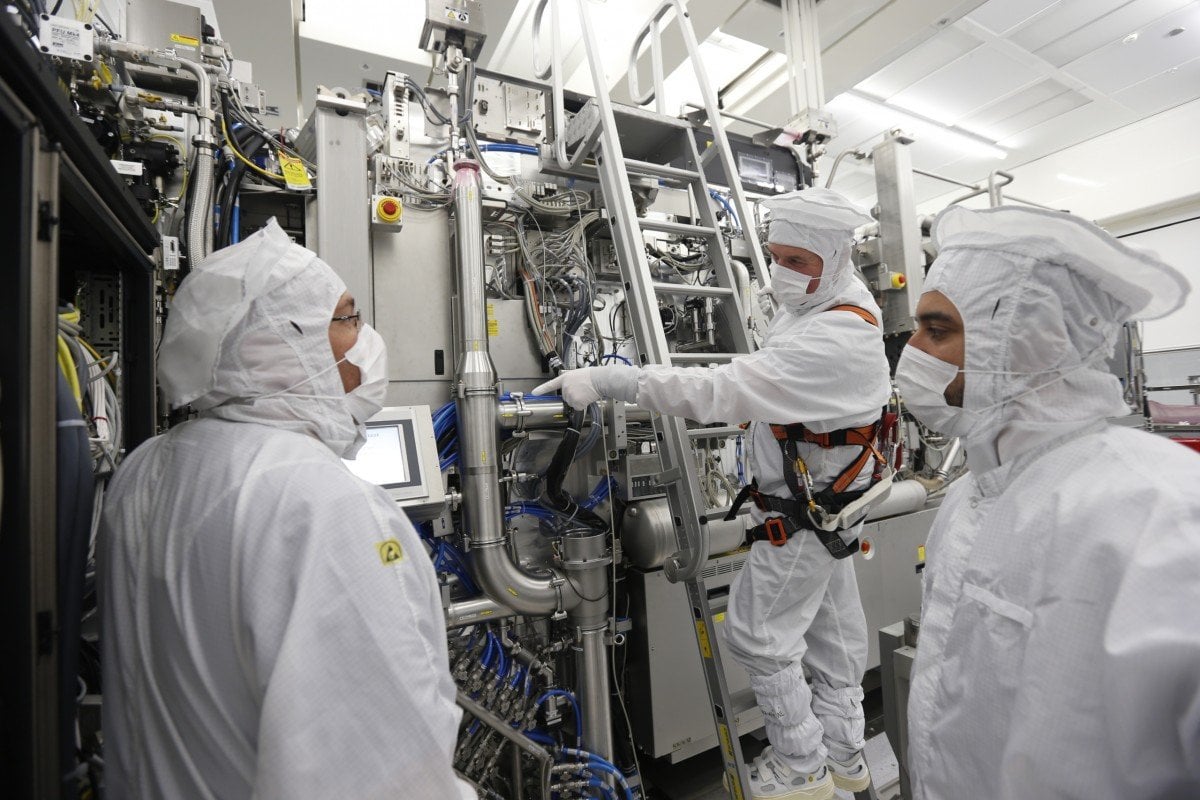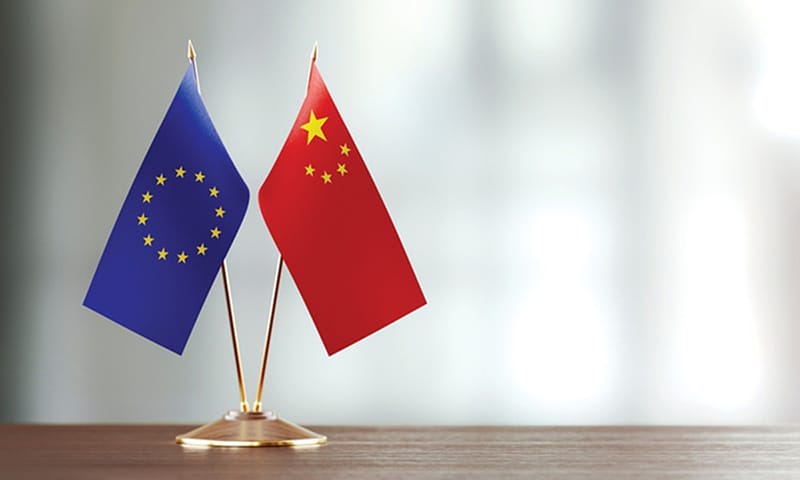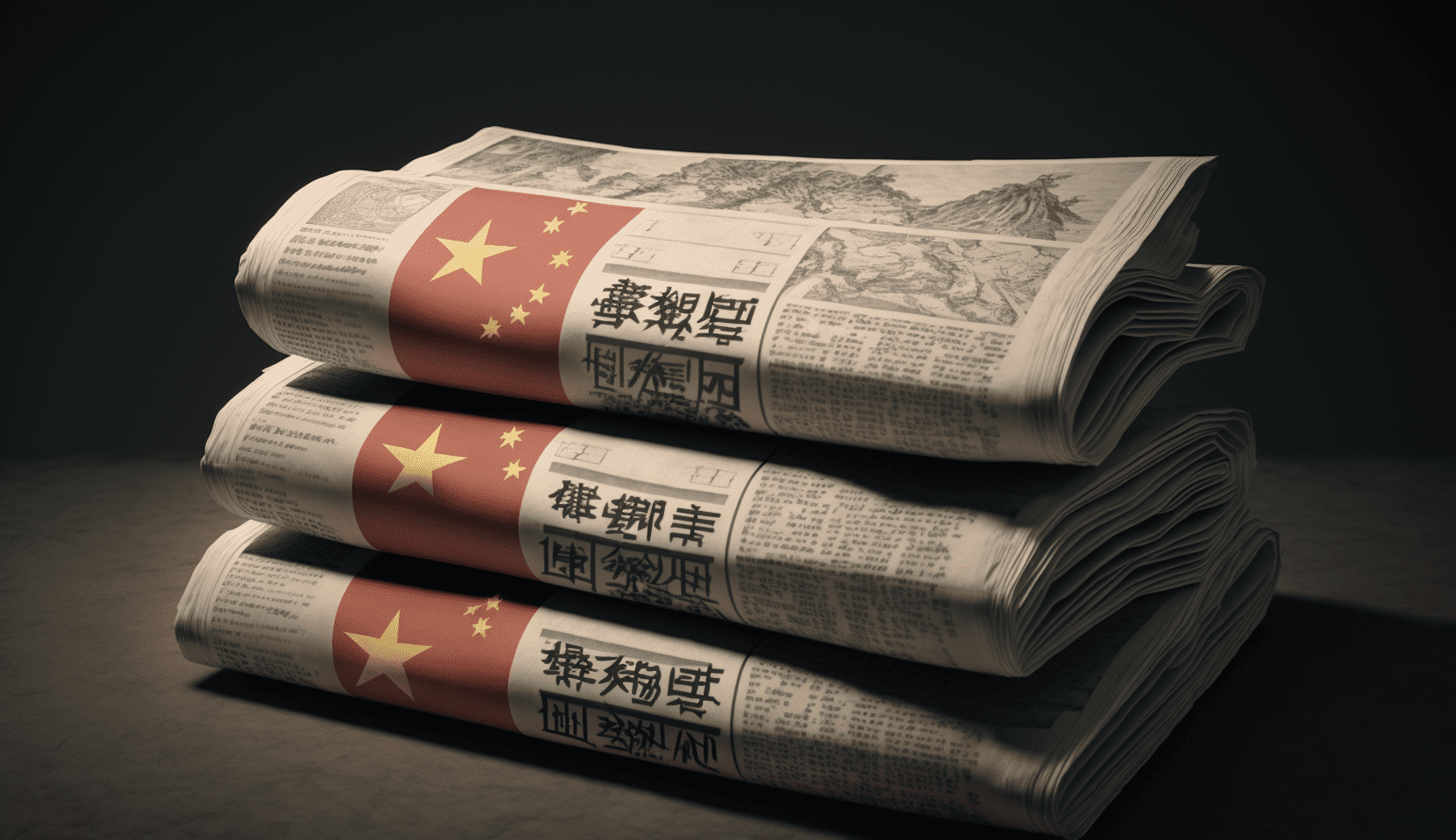
The global economy unfolds more intensified competition among major players from different world regions. As the previous blog mentions, increasingly emphasizing its centralization, China has entered a new phase to establish its self-reliance in the midst of global disruptions. In global trade, both China and Europe are looking for more self-reliance by creating strong imperatives for innovation in a variety of sectors. However, nurturing an innovation ecosystem requires dialogues and collaboration from both sides on science and technologies. This blog discusses some of these challenges and opportunities.
In their day-to-day operations, small and medium sized businesses do not necessarily discuss the geopolitics in great power rivalry. However, they are often the most affected from the repercussions of political standoffs and economic restrictions. Based on my interviews with both Dutch and Chinese business professionals from tech and service industries, SMEs witness the direct consequences caused by direct economic sanctions as well as the shifting sentiments for investment and consumption. The degree of such impact on their business performances depends on their business model and more importantly, on the sectors they work in.
“The more vibrant China- EU bilateral relation is, the better it is for our business. However, to weather the likely intensified decoupling, we are now looking to adjust our business strategy through further localizing our operation,”
says a business developer of a Chinese company based in the Netherlands.

Protect or Promote: Depending on the sectors
Based on a survey report from MERICS, China remains to be an attractive place to conduct innovation work in a general sense. However, the authors also point out “the benefits that European companies can derive from their participation very much depends on the sector they are in. …In other words, China’s R&D environment is a microcosm of its overall market – it is not for everyone.”
Sectors where companies find considerable value in participating and investing include chemicals, industrial machinery and automotive. In contrast, firms in sectors that are under “increasing pressure from China’s state-planners, such as in information and communications technology” hold pessimistic views. These sectors are also the chokepoints of China’s technological development.
Semi-conductors are known as the China’s chokepoint technologies. At the moment, the development of such chokepoint technologies is on top priority. This is especially the case since the US has announced its latest export controls policy on AI and semiconductor technologies to China, in which the vendors are required to obtain an export license to sell to China cutting-edge semiconductors, components, chip-design software and manufacturing equipment made with U.S. technology. The impact, as authors from a Rhodium Group report estimate, can be far-reaching and comprehensive if applied more broadly. More recent examples are shown from Germany’s vetoing of two chip facilities, Elmos and ERS electronic takeovers, and halting Duisberg’s cooperation with Huawei.
“The US sanctions surely have had a negative impact on Huawei’s results, but it has also pushed Huawei to focus on its product development, create its own operating system, and diversify its business, for example towards the energy sector. And if we look at the much relevant green transition at this time, everyone needs each other.”
Richard Spaans, Head of Corporate & Public Affairs at Huawei, 2022
As Mr. Spaans replies in an interview, “We should not be only looking at the risks of technology, but also at the benefits. At the moment, Huawei is already looking into 6G. If we look at the earlier discussions within Europe, the 5G toolbox discussion was circled around fear and concerns, with the result that Europe is actually lagging behind on such digital innovation.”
How would these geo-political challenges influence the EU-China business relations? And what does it mean for the European businesses? According to a recent Rhodium Group research report, major European businesses have not been hesitant to expanded their investment in China, and the European investment shows a strong preference in sectors of “autos, food processing, pharma/biotech, chemicals and consumer products manufacturing”.

Cold politics and hot economics?
On November 4th, as the first government leader from a G7 nation to China since 2019, German Chancellor Olaf Scholz, accompanied by the trade delegation, met with the Chinese President Xi Jinping in Beijing. Taking place after China’s 20th Party Congress, Scholz’s visit, bundled with diplomatic messages and economic goals, has received mixed sentiments on future outlook of EU China relations. On the one hand, the cabinet’s recent approval of China’s Cosco’s 24.9% stake investment in the Hamburg port has already sparked much criticism domestically, with fear of allowing more dependence on China. On the other, with China’s automotive marketing becoming much more innovative, to retain Germany’s automotive competitiveness, German carmakers addressed the need to tap into China’s innovation ecosystem and deepen their investment footprint in the country.
“China-bashing will not stop the inevitable. The focus now has to be on creating the conditions that will allow European companies to outcompete the very rivals they have helped to create.”
Peggy Hollinger, 2022, Financial Times
Thus, perceptions of China being seen as a partner, a competitor or a rival are constantly shifting and have caused heated debate. Jungbluth and Walkenhorst propose that China could be “a partner in climate change mitigation; a competitor in key technologies; and a systemic rival in the international rules-based system.” It all eventually depends on the interests and paths we share.
Looking at China’s innovation imperative
Though it remains a question as to whether China’s innovation system continues to accelerates, the system has proven to be an effective one in the past three decades. With a high degree of pragmatism, China’s policymakers and entrepreneurs are able to strike a balance between the central control and market logic. Motivated by its domestic demand and building rapidly its production and logistic capabilities, Chinese businesses are already taking the lead in particular sectors in terms of product and market. These areas include solar, automotive, artificial intelligence, and e-commerce. Looking back, the factors that contribute to China’s innovation system include entrepreneurial pragmatism and initiative, market relations and international interactions. To promote product innovation, many Chinese firms have strategically located themselves in industrially diversified areas and have consolidated their relations with local universities and research centers.
Innovation in China is seen as more of a process that aims to constantly adapt and evolve. Compared to innovators located in more developed economies, Chinese companies have adopted a much more customer-oriented approach. To keep up with the development of digital consumption and meet the rising expectations from an increasingly affluent population, China is moving beyond delivering “good enough” product and services and reinventing itself to be a leading innovator.
With the huge population of hyper-adapters and hyper adopters, China’s developmental ecosystem demonstrates more accepting sentiments toward “change, adoption, and newness”.
“If you’re used to believing in your own exceptionalism, leaning into imitation as a strategy can feel like a declaration of defeat. But innovation has always been about both invention and imitation.”
Zak Dychtwald, Harvard Business Review, 2021
The 20th Party’s Congress taken place in October shows no sign of scaling down on its innovation system under Xi’s leadership in his third term, albeit the increasingly questioned Covid-zero policy cause travel restrictions. On the contrary, Beijing is in full swing to achieve its goal to “accelerate the realization of high-level scientific and technological self-reliance and self-improvement”.
The incentives for China’s push for technological rise come from both within the domestic demand and external international relations. As Huang and Henderson argue, Chinese technocrats are given a more powerful stage under Xi’s leadership when China-US tech rivalry escalates. Bearing the strong ambition to strengthen local tech supply chains, “the new cohort of technocrats are plucked from the aerospace, semiconductors, and advanced manufacturing industries”.
Steadily adopting industrial policy, the Chinese policy-makers are keen to push forward technological breakthrough by establishing industry zones, allowing tax rebate and setting up research funds. The efforts through policy intervention are made in industries that bring about both the rising new technologies and the chokepoints technologies.

Dr. Yuxi Nie is a researcher-lecturer at Fontys University of Applied Sciences, executing the research project “Towards a communicative strategy that guides Brainport companies to do business with China in a growing digital business context”. Business relations between Brainport organizations and their partners based in China have been growing rapidly. Probing the geo-political, intercultural and digital challenges, this project explores the Sino-Dutch corporate communicative strategies and aims to develop effective communication strategies for organizations in Brainport. This two-year Hbo-postdoc project started in 2022 and is funded by Regieorgaan SIA, part of NWO, the Dutch Research Council.







